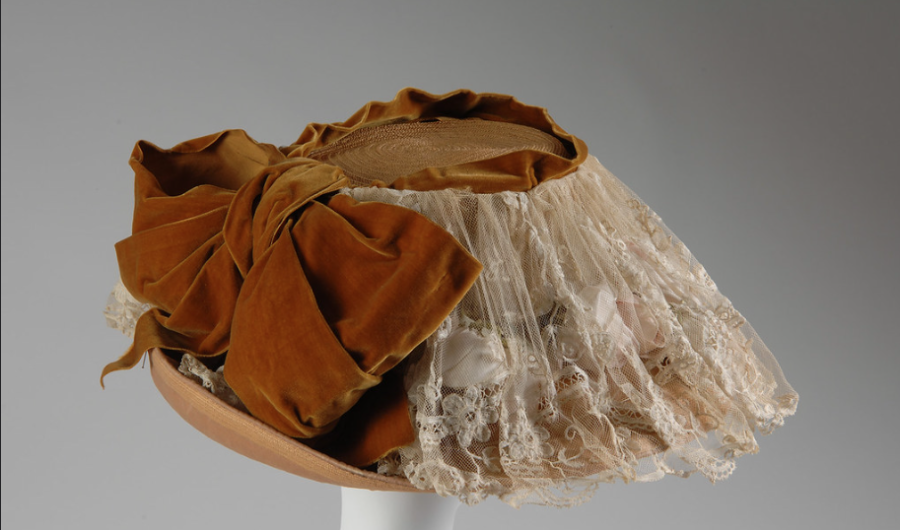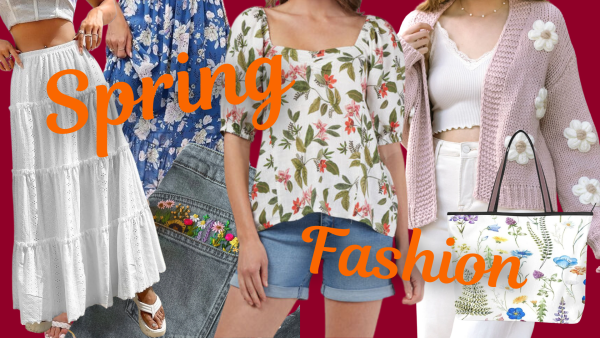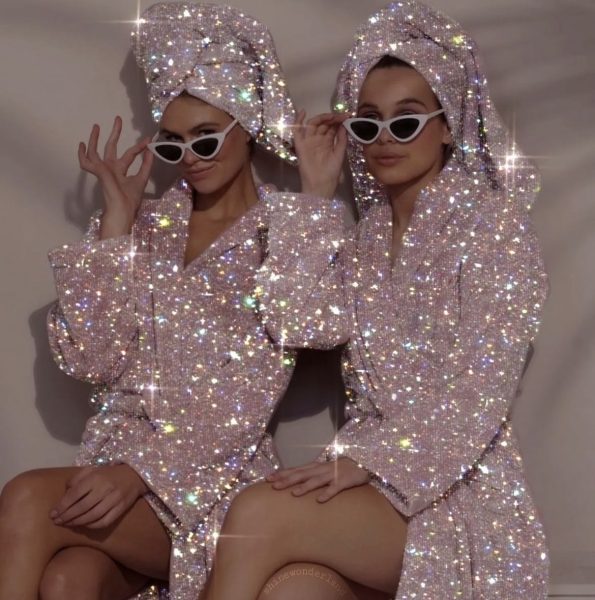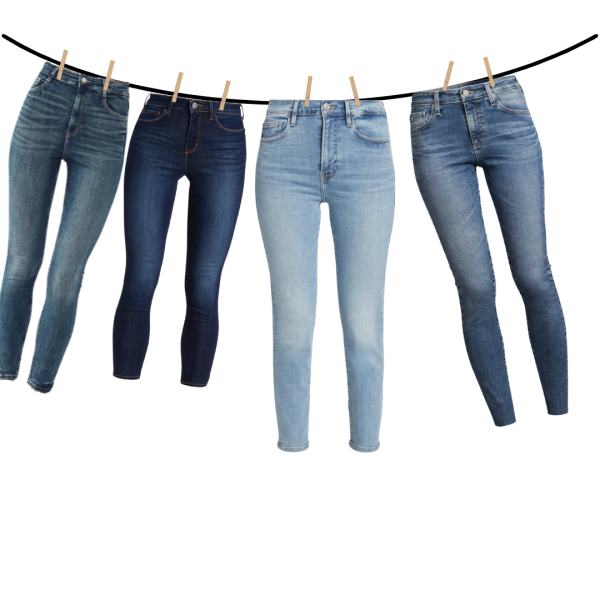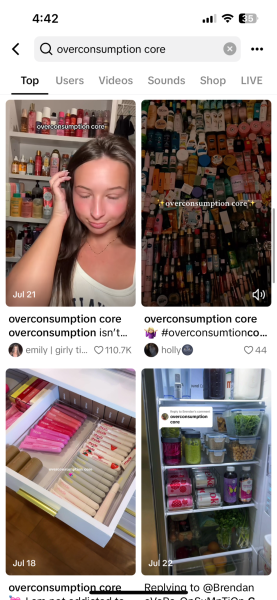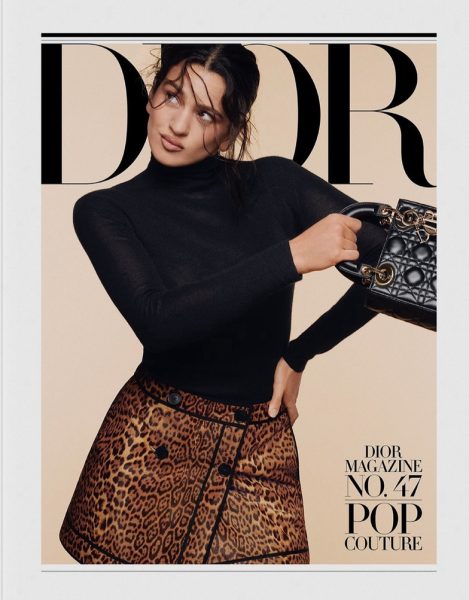FIT Showcases Female Designers in “Designing Women”
If you’re a designer, there’s a good chance you’re often inspired by your surroundings, whether it’s a concept, a person or even a wall. Yet there is a secret source of ideas designers unknowingly draw from and often influence: the interior design of their own homes.
The Museum at Fashion Institute of Technology, located at 227 West 27th Street in Manhattan, unveiled the “Designing Women: Fashion Creators and Their Interiors” exhibition. This collection features 60 pieces of clothing from 40 female designers like Lucille Ball, Ann Lowe and Coco Chanel. Each designer is represented by at least one garment or accessory, drawn from The Museum at FIT’s permanent collection and an interior image to go along with it.
Aside from the eye-catching ensembles that constitute the centerpiece of the experience, one of the exhibit’s most important components is its curation. From entrance to exit, the collection follows a timeline beginning in the late 18th century and ending in the 21st century to express the development of La Belle Époque. The translation, “The Beautiful Era,” is remembered amiably for being the predecessor of the Western societal and economic hardships that were endured in the 20th century. This time of peace and relative prosperity was most enjoyed by privileged Parisian individuals, whose clothing reflected the opulence, extravagance and affluence of their place in society.
The experience begins with a dramatic feather-trimmed dress from 1892 Paris, clenched at the waist with a pop of a pale green, floral-patterned silk in the sleeves and skirt. The silk fabric used to balance the use of multiple black textures reflects a pattern commonly used in many 19th century homes as wallpaper or upholstery. Furthermore, its puff sleeves and dark embellishments set the tone for the grandeur of The Beautiful Era the museum aims to accentuate in each piece.
Following this era, an increasing number of women founded important couture houses in Paris, London and New York. Among these esteemed women was Madeleine Vionnet, one of the most well-known and influential dressmakers in modern fashion history. On view at the museum is a demonstration of her groundbreaking construction methodologies, which were heavily influenced by her interpretation of geometrically precise arcs and angles. Her evening dress from Paris during the summer of 1925 displays a linear model of beige silk chiffon, with metallic bead embroidery. The garment is tied to her salon de presentation, or in other words, her neoclassical inspired “Temple of Fashion.”
The relationship between interior design and fashion design is strong and persistent. One visionary, Pauline Trigère, created a brand and an image for her fashion house from a concept that came from her self decorated suburban apartment. La Tortue, or The Turtle, was the beloved symbol of the Trigère brand, and it came from a living room with blends of neutrals accompanied by bold green hues and patterns. The bold-colored, contemporary elements in an otherwise neutral-colored space are personified in the museum’s green and orange evening dress and matching cape, where the colors are dauntless, but the shape itself is understated and simple.
Each ensemble and supplementary photo of the designer’s personal space allows for viewers to make their own connections. Where I saw a similarity between Vionnet’s dress patterns and her temple ceiling, you may notice a carefully thought out relationship between her love of interior minimalism and the gown’s proportions. When we continuously breathe, think and create in a space, that respective space eventually becomes an integral part of our own expression.
When designers like Anna Sui choose to spend their life in a space of their own making, each of its elements can become a preference or point of interest. The museum closes with two designs from Sui, inspired by her self-decorated luxurious Greenwich Village apartment. Both are accompanied by a video from Vogue, where Sui gives a tour of her victoriana and art nouveau adjacent home. Her walls are covered head-to-toe in chinoiserie wallpaper, and her bedroom is characterized by stark color contrasts in stained glass windows and multiple venetian mirrors. There’s a clear theme between her interior blend of fantasy and comfort and the two featured pieces. The black wool dress embroidered with armoires and clocks from her 1997 New York Autumn designs, reflect a sense of play with crafts and icons that are all too similar to the patterns in her famous bookroom. Moreover, the museum’s choice to include her stained glass-inspired Kaftan ensemble from autumn 2012 emphasizes that no matter the time period, women absorb and learn from the space in which they’re placed, or choose to be placed in some cases.
There is one concept that you may not find so easily discussed in the collection: luxury. Granted, a discussion of class disparity and unequal wealth distribution wasn’t necessarily the point or focus of an otherwise aesthetically pleasing and well-curated experience, but nonetheless, La Belle Epoch was defined by affluence. Legacy, funds and privilege are the backbone of such diverse and innovative forms of inspiration, as fashion was made popular by the middle class women’s desire to follow suit of the British royal family. Perhaps when you visit the free exhibition, which is open to the public until May 14, you too may notice that wealth allows for such interior-based design roadmaps to make these ensembles a trend at the time, and a treasure today.



































































































































































































